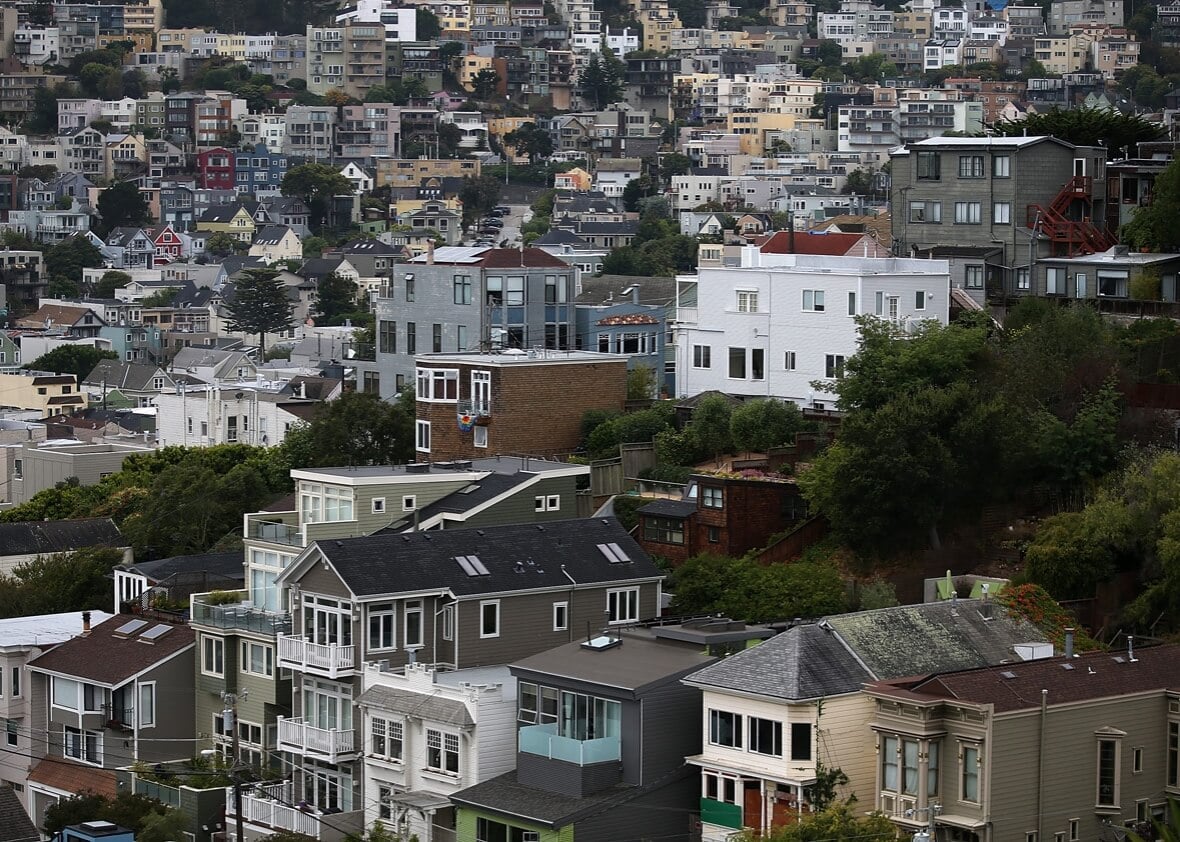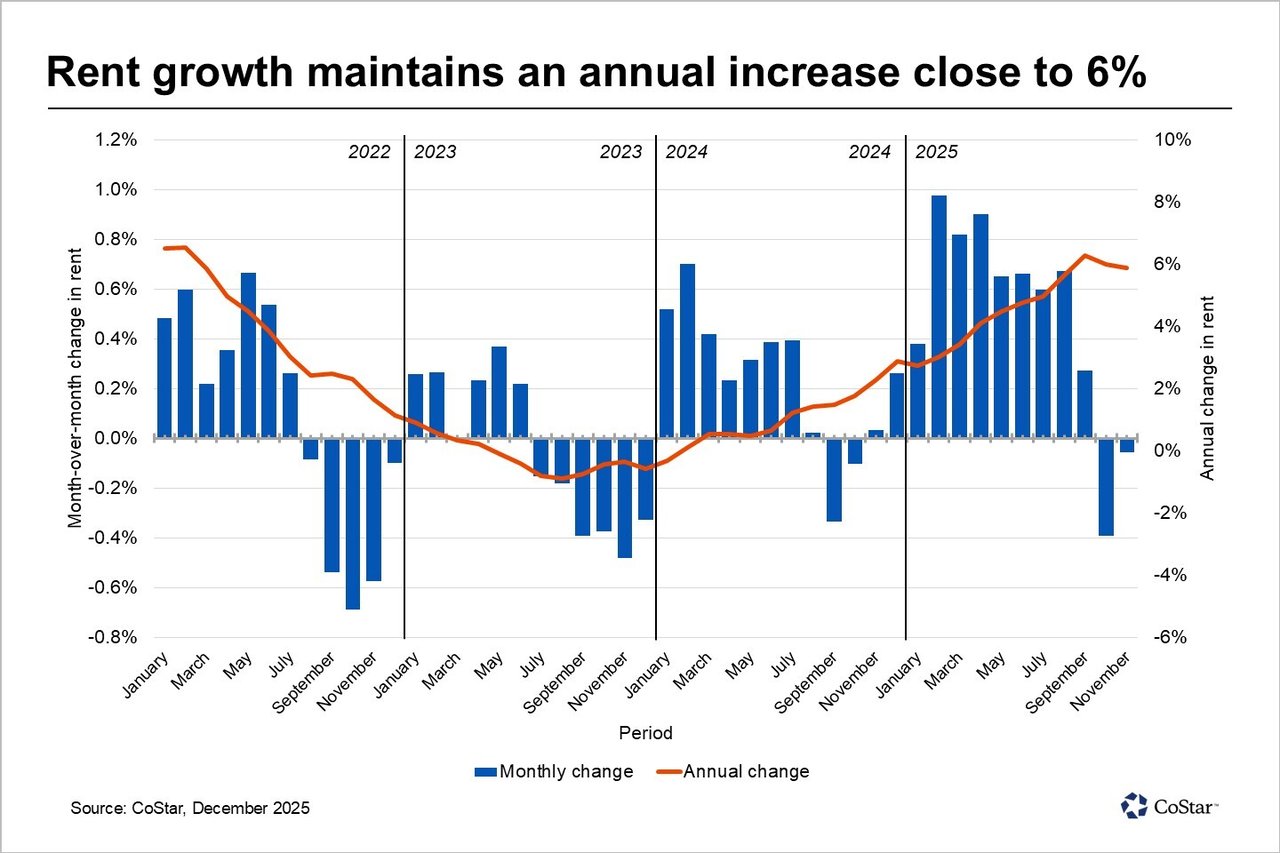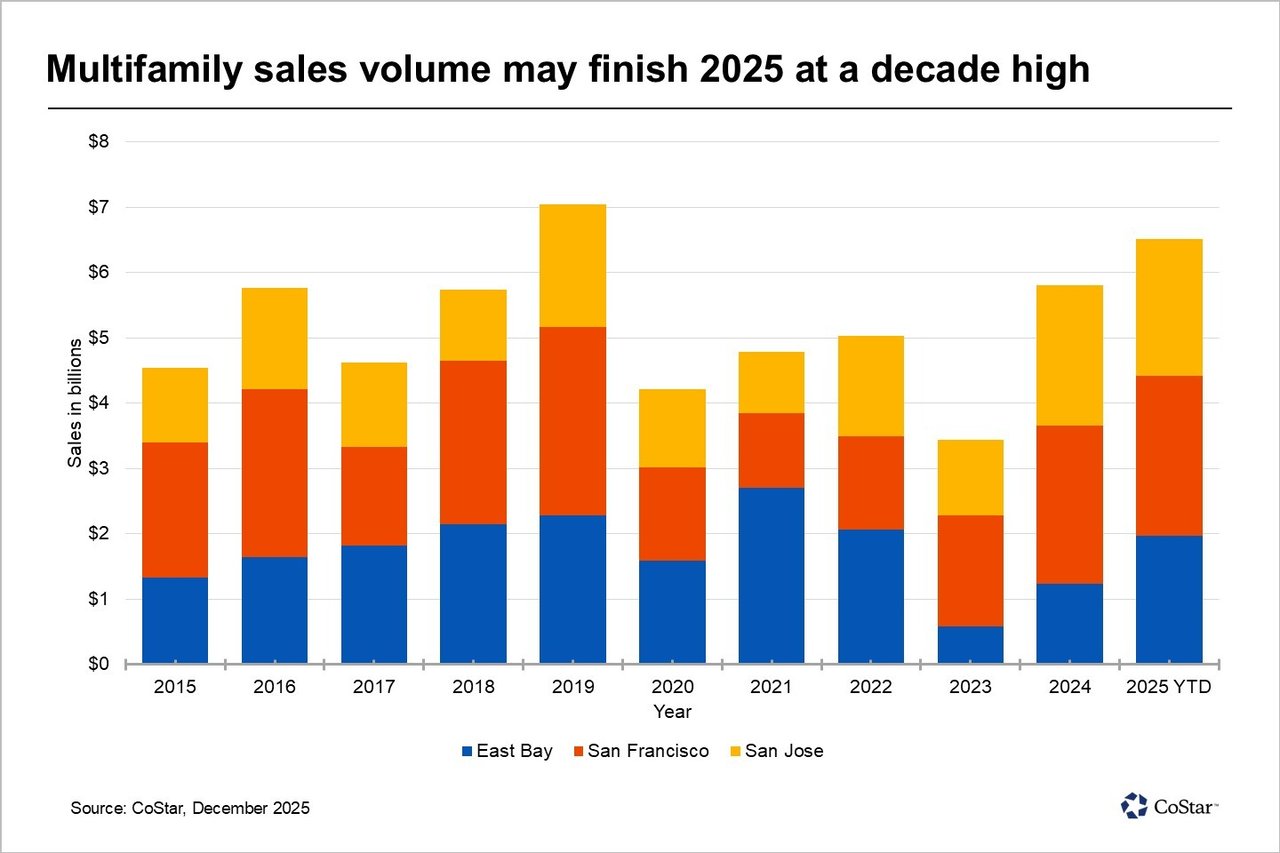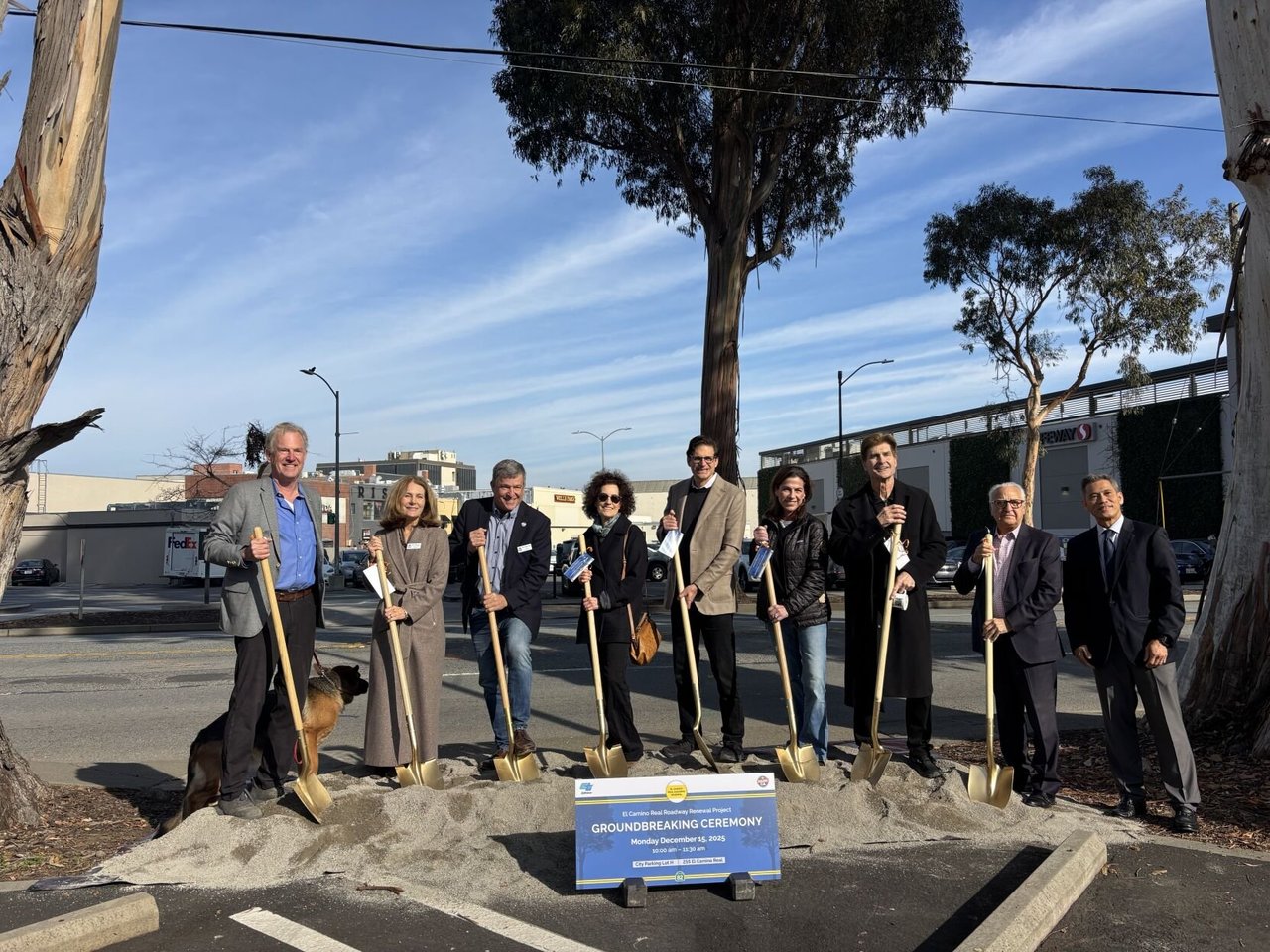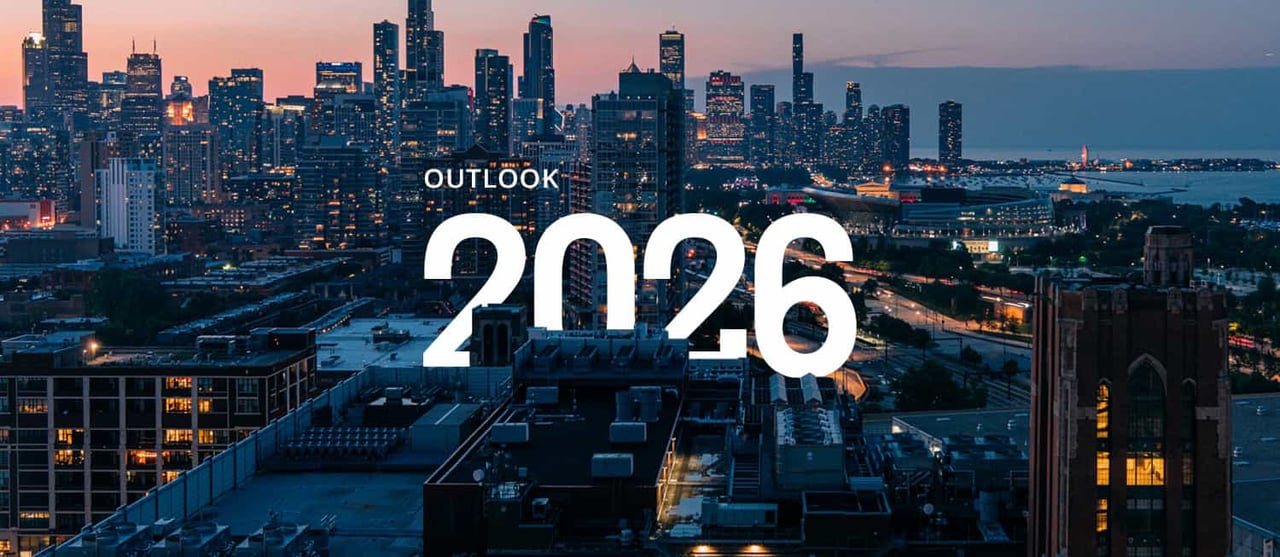One city rental broker said his open houses last only 15 minutes because of demand.
Sofia Baig was shocked when she visited San Francisco open houses last month that were so crowded, she was physically bumping into people. There wasn’t enough space for the dozens vying for one rental unit.
Baig, her husband and newborn have to move to the city by mid-August as their Stanford student housing expired. Their search felt like a flashback to the 2010s, with bidding wars, an inventory desert and applicants writing “love letters” to landlords on their merits with attached resumes.
Every day starting in early June, she and her husband scoured Zillow, Craigslist, Apartments.com, Redfin and Trulia — an effort possible only because both were on parental leave.
They hoped to find a two-bedroom place for $3,500 to $4,200 a month, focusing on the west side. Desirable areas like Lake Street near the Presidio were “insanely competitive” and in some cases were going over the asking price.
“It was pretty anxiety-inducing,” she said. “We hit a point where we thought we couldn’t do it.” They began sending in cover letters, with “pictures of us and our newborn.” Having two small dogs further limited their options.
“It was just crazy, the effort we had to put in to be selected,” she said. “Agents said they hadn’t seen a renter’s market like this in five years. Now it’s a landlord’s market.”
Baig’s experience is the norm. San Francisco’s median apartment rent surged 11% in June compared to a year earlier, the highest increase in the country, according to Apartment List. In sharp contrast, the national median rent was down 0.7% over the same period. The city’s median rent of $2,941 per month is the highest since 2020, though still below the pre-pandemic peak. San Francisco’s vacancy rate dropped from 5.1% in June 2024 to 3.5% in May, half of the national rate.
Baig’s struggles are also emblematic of the Bay Area’s failings to retain younger people in the face of massive housing costs. San Francisco has the lowest number of children per capita of any major U.S. region and is the fastest-aging metro area. Brokers said three- and four-bedroom units are almost impossible to find without paying a big premium.
Despite widespread tech layoffs and economic uncertainty, there’s “plenty of money to drive up rents in a supply-constrained market,” said Rob Warnock, senior research associate at Apartment List.
The boom in artificial intelligence has minted more millionaires as companies like OpenAI and Anthropic sign big office leases and fight a talent war.
“If the economy remains at least as strong as today, it’s a no-brainer for the rental market to get more expensive,” Warnock said. “If AI pops like a bubble, that could change things.”
Paul Griffiths, CEO of Vesta Asset Management, manages 1,100 units in the city. Last Saturday alone, he leased seven apartments. “It is wild and out of control right now,” Griffiths said. “I haven’t seen this since before COVID.”
Griffiths felt a seismic change around March, which he attributed to AI’s office growth and new hiring.
His listings draw multiple applicants before they’re even shown in person once. Virtually every listing is going for a few hundred dollars higher than the previous lease, in some cases much more. His open houses last only 15 minutes because demand is so huge.
Renters routinely offer more than the asking price in an attempt to beat out earlier applicants, which makes Griffiths uncomfortable. “It feels like bribery,” he said. Picking the highest bidder rather than the earliest qualified applicant also violates a new state law, AB2493, that mandates earlier applicants be processed first.
Meanwhile, there’s less apartment turnover as tenants feel reluctant to leave and compete in a frenzied market, hurting supply. And renters who want to buy are being stymied by higher interest rates, further constraining turnover, Griffiths said. “It reflects desperation. It reflects inventory,” he said.
If all else fails, some applicants are offering as much as an entire year of rent upfront, said Steven Huang, president of the San Francisco Association of Realtors and a broker at Ascend.
The eastern part of the city like the Mission and Potrero Hill, which are closer to startups, feels especially hot, Huang said.
It “100% reminds me of the 2010s,” as well as the 2000s dot-com boom and bust, Huang said. Some listings are seeing rents up as much as 20% compared to last year, he said.
He advises renters to use their friend network for leads and to talk to property managers directly in hopes of finding apartments before they’re listed, avoiding the open market.
Part of the strong demand is seasonal: The summer has long been a busy time for rentals, as families and students seek new leases before the school year starts. Winter is historically the cheapest time to look, with fewer people looking to move. But this summer is exceeding expectations.
“The market is crazy now. Very competitive. We have heard stories of up to 30 applicants at some open houses,” said Janan New, executive director of the San Francisco Apartment Association, whose members are landlords.
Parts of the city are still struggling, said New, especially in South of Market and the Tenderloin, which have been hit hard by remote work, homelessness and crime. Those two neighborhoods have the lowest rents in the city, according to an Apartment Association survey. SoMa also saw the most housing development in the past two decades compared to other neighborhoods, expanding renters’ options.
Apartment Association members said expenses have far outpaced revenue despite the recent rent increases, with one developer saying income is still down 7% compared to 2019, while expenses are up 28%.
Another property manager said their higher-end units are renting for 7% to 8% more than a year ago, but smaller and older units aren’t seeing as much growth. Overall rents are still 10% below 2019 levels, while expenses have shot up around 20% “thanks primarily to insurance and utility costs, along with the costs of goods and labor,” said the manager. Energy costs and construction materials have all gotten more expensive around the world in the last few years.
Still, the city’s return to desirability is a boon for brokers and landlords, and could also help burnish Mayor Daniel Lurie’s message that San Francisco is “back.”
But for renters like Liz Stebbins, it’s a pain. In October 2023, Stebbins was able to find a room within a four-bedroom apartment around NOPA that had a total rent of $5,500 per month. It wasn’t as affordable as her three-bedroom in Lansing, Mich., that rented for around $1,000, but it wasn’t bad.
Near the beginning of the year, Stebbins tried to get her own place and was seeing one-bedroom listings between $1,800 and the low $2,000s around Haight-Ashbury and NOPA. “Now it’s really hard to find anything under $2,500 in the area,” she said.
Stebbins, who works at an environmental firm in Oakland, has given up searching in hopes that rents cool later in the year.
Anita Ramaswamy, a journalist at the tech news website the Information, has also given up. She moved from New York to San Francisco last year and was able to secure a two-bedroom in North Beach for around $4,000 per month.
The city’s rental market is spiking, with more competition and higher prices expected for prospective renters.
Hoping to save money, Ramaswamy recently toured some listings and found a one-bedroom in the area was only a couple hundred dollars less per month. A broker told her, “I wouldn’t move at all. The market has gotten really hot.”
“I was surprised by how much has changed in one year,” she said. She now plans to stay in her current place.
Despite the remote work shock and population loss, especially in 2020, San Francisco’s decades-long housing shortage is reasserting itself, said Warnock of Apartment List.
The city’s housing production dropped to a 12-year low last year, in the face of high construction costs and rising interest rates. In contrast, cities in the Sun Belt had pandemic building booms and rents are now dropping. “It’s not an accident that Austin has built more apartments in the last couple years and rent prices are down 5% or 6%” in the past year, Warnock said.
After weeks of searching, Baig’s family hit it off with a landlord, who seemed sympathetic to her family’s plight. He even waived their pet deposit, and parking was free. Baig is relieved to be moving next month and urges fellow renters to act quickly in their own searches. “If something’s been sitting on the market for a few days, it’s gone,” she said.
